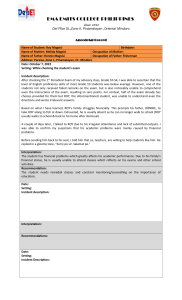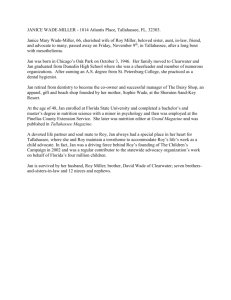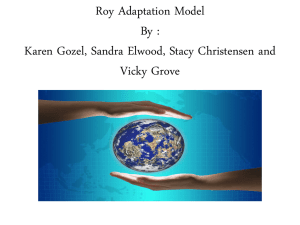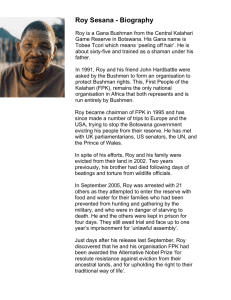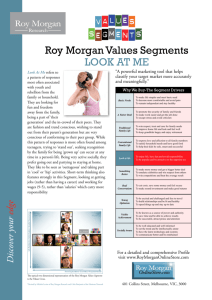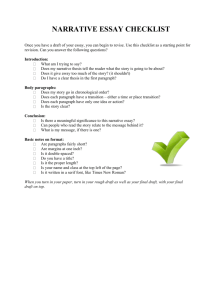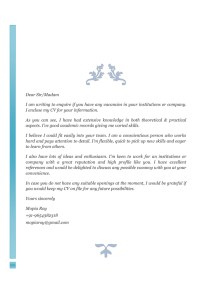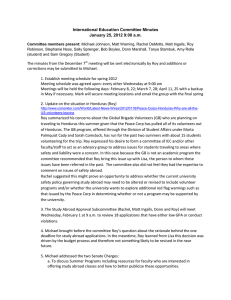imitation essay assignment sheet
advertisement
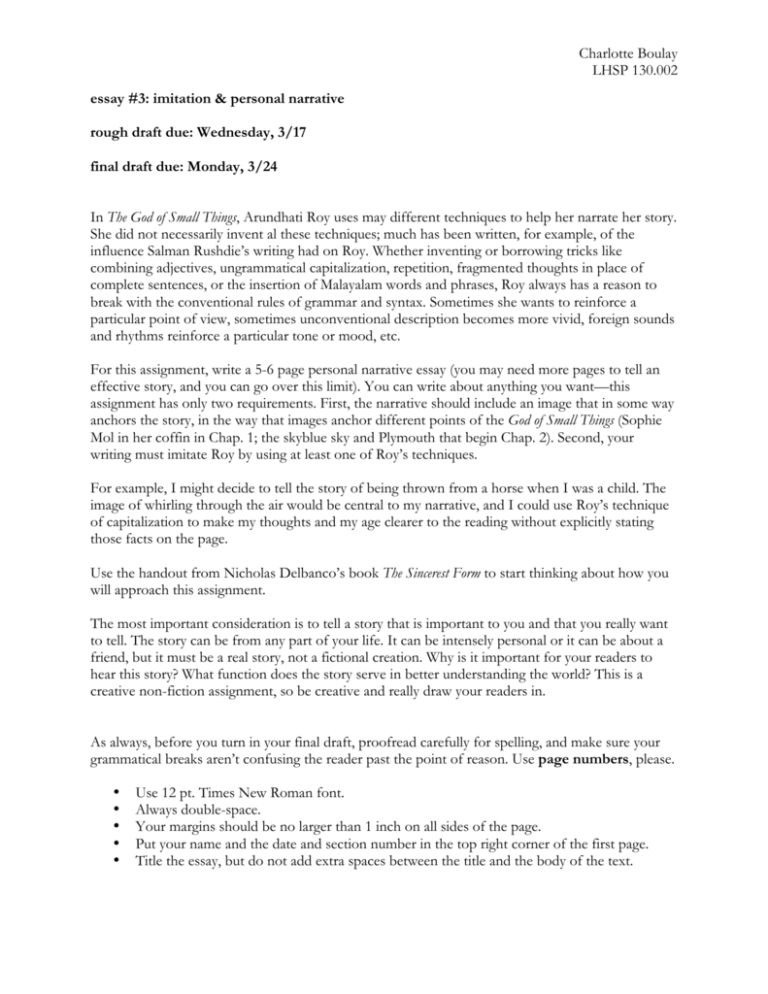
Charlotte Boulay LHSP 130.002 essay #3: imitation & personal narrative rough draft due: Wednesday, 3/17 final draft due: Monday, 3/24 In The God of Small Things, Arundhati Roy uses may different techniques to help her narrate her story. She did not necessarily invent al these techniques; much has been written, for example, of the influence Salman Rushdie’s writing had on Roy. Whether inventing or borrowing tricks like combining adjectives, ungrammatical capitalization, repetition, fragmented thoughts in place of complete sentences, or the insertion of Malayalam words and phrases, Roy always has a reason to break with the conventional rules of grammar and syntax. Sometimes she wants to reinforce a particular point of view, sometimes unconventional description becomes more vivid, foreign sounds and rhythms reinforce a particular tone or mood, etc. For this assignment, write a 5-6 page personal narrative essay (you may need more pages to tell an effective story, and you can go over this limit). You can write about anything you want—this assignment has only two requirements. First, the narrative should include an image that in some way anchors the story, in the way that images anchor different points of the God of Small Things (Sophie Mol in her coffin in Chap. 1; the skyblue sky and Plymouth that begin Chap. 2). Second, your writing must imitate Roy by using at least one of Roy’s techniques. For example, I might decide to tell the story of being thrown from a horse when I was a child. The image of whirling through the air would be central to my narrative, and I could use Roy’s technique of capitalization to make my thoughts and my age clearer to the reading without explicitly stating those facts on the page. Use the handout from Nicholas Delbanco’s book The Sincerest Form to start thinking about how you will approach this assignment. The most important consideration is to tell a story that is important to you and that you really want to tell. The story can be from any part of your life. It can be intensely personal or it can be about a friend, but it must be a real story, not a fictional creation. Why is it important for your readers to hear this story? What function does the story serve in better understanding the world? This is a creative non-fiction assignment, so be creative and really draw your readers in. As always, before you turn in your final draft, proofread carefully for spelling, and make sure your grammatical breaks aren’t confusing the reader past the point of reason. Use page numbers, please. • • • • • Use 12 pt. Times New Roman font. Always double-space. Your margins should be no larger than 1 inch on all sides of the page. Put your name and the date and section number in the top right corner of the first page. Title the essay, but do not add extra spaces between the title and the body of the text.


